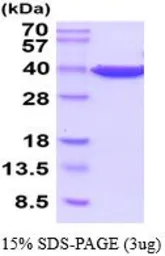Human GAPDH protein (active)
Cat. No. GTX67008-pro
Cat. No. GTX67008-pro
-
ApplicationsFunctional Assay
-
SpeciesHuman
